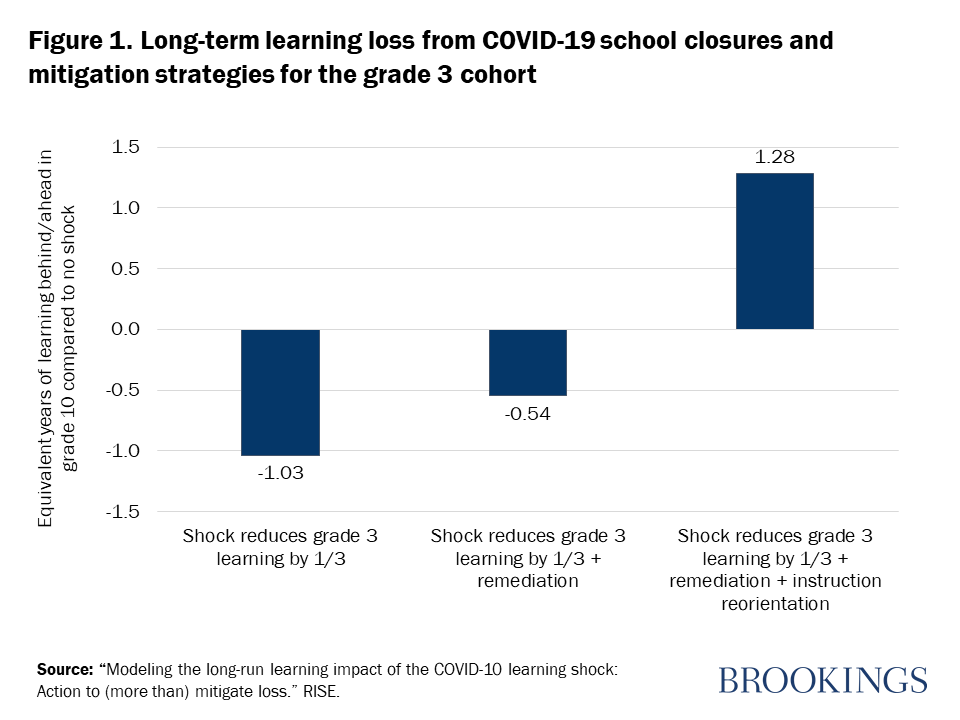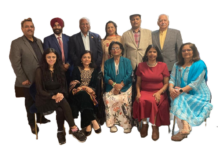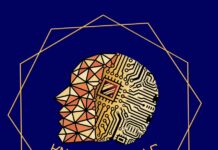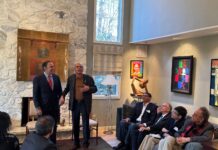Vidya Sethuraman
India Post News Service
The pandemic has deepened education divides for children. Amid two years of remote learning, millions of children have fallen behind expectations for reading and math levels. Speakers at the EMS briefing on March 18 discussed strategies to bridge the learning gap.
Louis Freedberg, past executive director of EdSource and veteran education journalist said the pandemic has eased considerably, but there are still differences of opinion on students returning to school. In addition, each school district has also received federal and state grants, which can establish various learning programs, which can indeed help students and parents cope with the pandemic, and cooperate more effectively with students and parents to bridge the learning gap of students due to distance education. On the other hand, it is very important for students to have access to nutritious food at school.
Hayin Kimner, Managing Director for the Community Schools Learning Exchange, and a Senior Policy and Research Fellow for Policy Analysis for California Education said Community Schools are an effective way to bridge gaps in subjects such as reading and math. “A community school is any school serving pre-Kindergarten through high school students using a “whole-child” approach, with “an integrated focus on academics, health and social services, youth and community development, and community engagement.” A community school strategy is more than an add-on service or a response to COVID. It’s about changing the culture, systems, and mindsets of public schools and how we work better and equitably with youth and family-serving organizations and institutions. Implementation is not just about programs and services – though those are important – it’s about prioritizing the relationships and human experiences of teaching and learning, and working as a community, doing everything possible to support children to thrive.
Allison Socol, Assistant Director of P12 Policy, Ed Trust (Washington DC) pointed out that the implementation of distance education during the pandemic has widened the gap between students in subjects such as reading and mathematics. She said we need to adopt a one-to-one method to provide courses aimed at ability development; expand study time, add extra time for tutoring in schools, and ensure the quality of teachers and teaching as the premise; understand students’ emotions and needs, and consolidate social relations, to improve learning enthusiasm.







